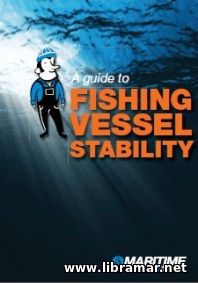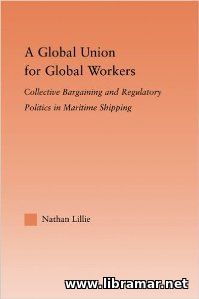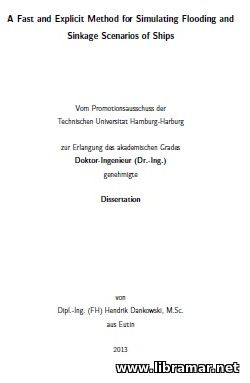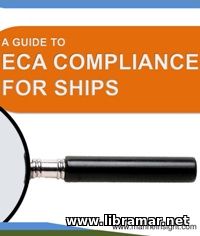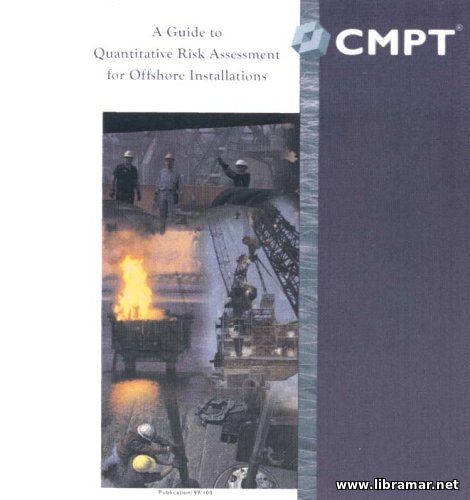
Production of both oil and gas offshore involves the most sophisticated engineering projects and is considered a prime source of income for many countries and commercial entities. It shall be noted that the risks of the major offshore accidents demonstrated by such the famous disasters such as the Piper Alpha, Alexander Kielland, Ocean Ranger and Sleipner A are also involved.
Subject accidents are representing the ultimate way in which the offshore engineering projects could go wrong. Among such accidents we would note the human death and suffering, environment pollution and commercial problems. The QRA, standing for the quantitative risk assessment, addressed in this publication, is a new technique cutting across the traditional divisions of engineering, applying to all of them. Most of the textbooks addressing this technique are relating to the fields on chemical/nuclear engineering and currently there is no any standard reference volumes that would provide the proper guidance on the offshore risk assessment.
The objective of this guide is to give an introduction to the QRA as applied to the offshore industry, aiming to introduce all most important aspects of the QRA and describing the good contemporary practice in offshore QRA, including selection of the data and more or less simple analytical techniques to be used...
